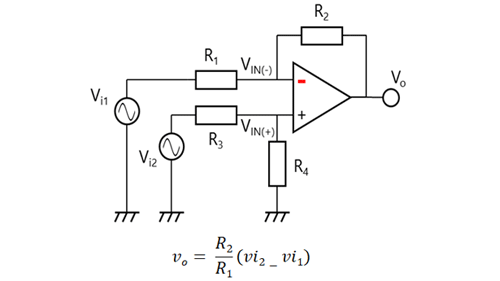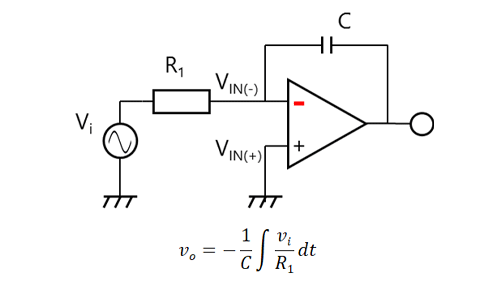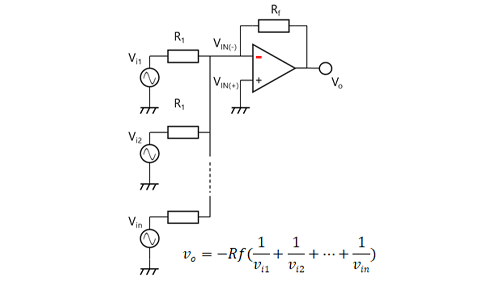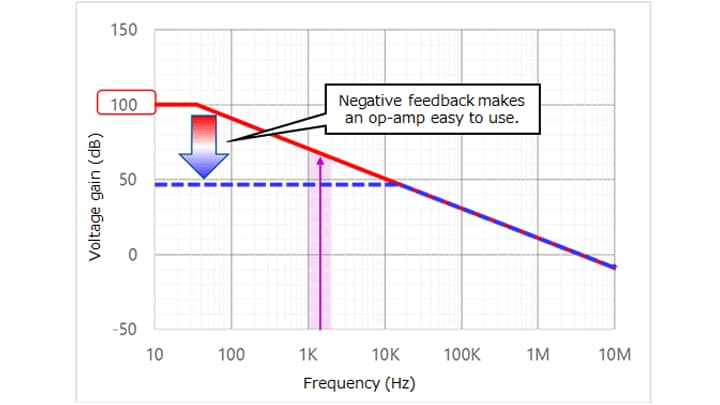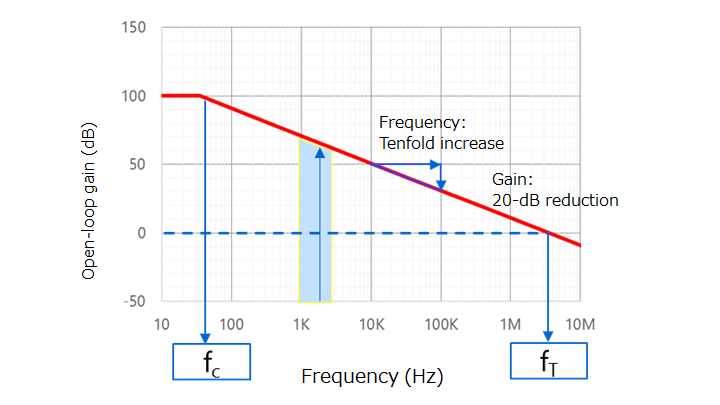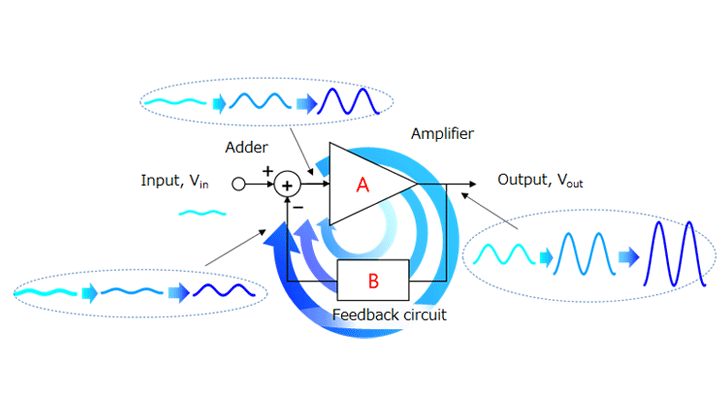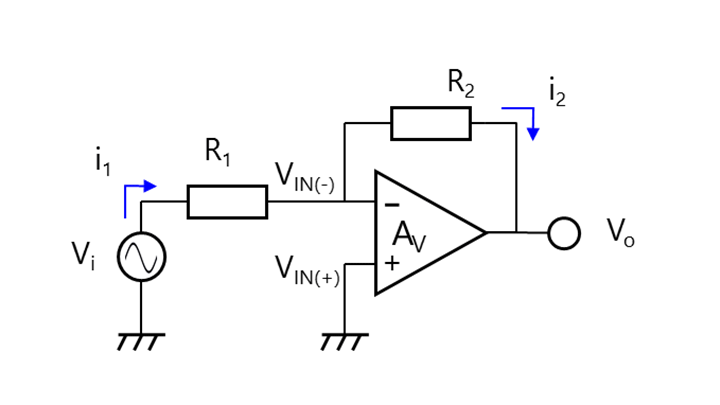- 型号 & 关键词搜索
- 交叉搜索
- 参数搜索
- 库存查询与购买
This webpage doesn't work with Internet Explorer. Please use the latest version of Google Chrome, Microsoft Edge, Mozilla Firefox or Safari.
请输入3个以上字符 Search for multiple part numbers fromhere.
The information presented in this cross reference is based on TOSHIBA's selection criteria and should be treated as a suggestion only. Please carefully review the latest versions of all relevant information on the TOSHIBA products, including without limitation data sheets and validate all operating parameters of the TOSHIBA products to ensure that the suggested TOSHIBA products are truly compatible with your design and application.Please note that this cross reference is based on TOSHIBA's estimate of compatibility with other manufacturers' products, based on other manufacturers' published data, at the time the data was collected.TOSHIBA is not responsible for any incorrect or incomplete information. Information is subject to change at any time without notice.
请输入3个以上字符
2-4运算放大器的基本应用
按照最基本的形式,运算放大器用作同相放大器(图2-10)和反相放大器(图2-11)。如上一节所述,同相放大器和反相放大器都有负反馈(输出端连接至VIN(-))。
闭环增益(ACL)如下图所示。可使用下一节中描述的虚拟短路(亦称为虚短、虚拟接地或虚短路)概念轻松计算出增益。
同相放大器的输入阻抗非常高,因为其输入端直接连接至运算放大器。相反,反相放大器的输入阻抗低于同相放大器的输入阻抗,因为VIN(-)和VIN(+)具有相同的电位,因为他们实际上为虚拟短路状态并且R1作为输入阻抗。
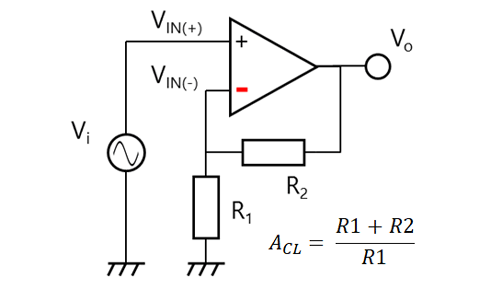
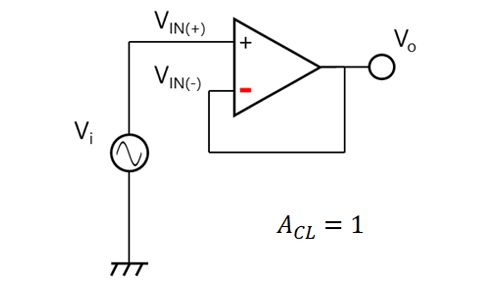
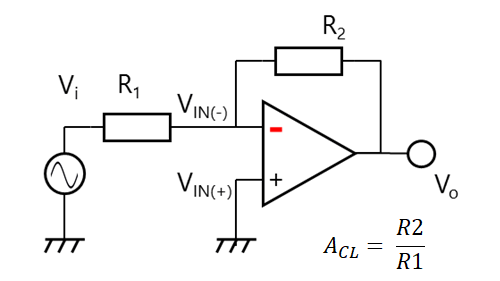
图2-12显示了一个电压跟随器。可将电压跟随器视为一个具有无穷大电阻R1且R2为零的同相放大器。由于电压跟随器的增益较低(单位增益,AV=1),因此其带宽较宽。因此必须要小心,因为电压跟随器容易受第2.3节“振荡”中介绍的第二极点影响。大多数运算放大器可用作单位增益放大器,因为其在充分大于单位增益交越频率(fT)的频率下具有第二极点。而导线或负载电容可能会使其发生振荡。如果给定运算放大器的数据表显示其可在单位增益下使用,则其可用作电压跟随器。如欲将任何其它运算放大器用作电压跟随器,请联系东芝的销售代表。
此外,运算放大器具有多种应用,包括差分放大器(减法电路)以及加法器和积分器电路。
